Sado Island is a gem brimming with amazing gifts from nature, from diverse flora and fauna to charming landscapes and diverse weather stretching from the east to the west of the island. Sado Island is easily accessible from Niigata Port in Niigata City, which is just an hour away. This time, we had the opportunity to experience a wonderful trip to Sado Island, through which we could understand more about nature, people, and the unique culture found nowhere else. In addition, Sado Gold Mine was recognized by UNESCO as a World Heritage Site on July 27 recently, so this is an opportunity for us to introduce everyone to Sado Island. Let's follow our journey to see how incredible Sado is.
Start your second day at Kirarium Sado, a wonderful Sado Gold and Silver Mine guidance facility.
Kirarium Sado is a building that opened in 2019 with the goal of serving as the mine's entryway and providing tourists with information on Sado Island's gold and silver mines. A visit to Kirarium Sado provides an overview of the Sado Gold and Silver Mine, making your experience even more interesting. Inside the facility, the mine's charm and significance are shown in an understandable way, utilizing a range of video techniques and materials.
The exhibition space is divided approximately into three sections, including the introduction of the world of gold and silver manufacturing technologies via video and projection mapping, a section with scroll-style visuals that describes the history and life in the Sado Gold and Silver Mine, and a section that describes how the Sado Gold and Silver Mine is preserved and utilized.
Visitors will have a better understanding of the Gold and Silver Mine by viewing all of the introductory movies and seeing the exhibit's artifacts and materials. So, when you see the mountain, you can readily visualize Sado's busy scene during the zenith of gold mining at the Gold Mine.
Get to the Gold Mine to see the residual signs of gold mining.
There are various relics in "Historic Site Sado Gold Mine" that describe the lengthy history from the Edo period to the Meiji era, and until the mine's closure in the Heisei period. The majority of the mines, mining facilities, and smelting facilities scattered over the huge site have been declared as national important cultural objects, historic sites, or industrial modernization heritage sites. It is a very significant legacy that is unique in the world since it shows practically all of the advances in mining technology and production systems over 400 years.
![[Day 2] Sado Island, Niigata - A Treasure Trove of Naturals, a Place of New UNESCO Heritage]()
From the end of the 16th century to the end of the twentieth century, the Aikawa Gold and Silver Mine was Japan's largest gold mine, and all of the gold produced was used as currency, providing long-term support for the national economy. During the Meiji period, the mine became automated and large-scale production began, but the ruins from the ancient days remain intact, as do numerous assets that demonstrate the history of gold mining techniques over time.
Currently, when visiting Gold Mines, visitors can choose from several different tour courses, including the ISLAND MIRRORGE Course, Sodayu Mine Edo Kinzan Picture Scroll Course, and Doyu Mine Meiji Government Mine Course. In addition, visitors can also choose two larger tours, including the Guided Industrial Heritage Tour and the Guided Yamashi Tour, to explore more about the gold mines.
Left: the main entrance for both the Sodayu Mine course tour and the Doyu Mime Course tour. Right: The entrance tunnel for the Sodayu Mine Course tour.
We toured the Sodayu Mine Edo Kinzan Picture Scroll Course, which is a long tunnel featuring reconstructions of the old gold mining process. These tunnels are the actual ones that were dug by the people during the Edo period for gold mining 400 years ago.
The reconstruction of the Water Wheel. The water wheel is a wooden machine used for drainage work since, less than 90 years after the mine began, the tunnel had fallen below sea level.
After touring the tunnel, there is a museum that displays and reconstructs the entire model of gold mining operations, as well as replicas of Sado Island residents' daily routines at the time. One of the most special artifacts, perhaps a unique relic, is the last piece of genuine Sado gold, which is incredibly rare today.
Visit the Kitazawa Flotation Plant, a National Historic Site
Aikawa's Kitazawa area is home to a cluster of facilities (national historic sites) that helped modernize the mine, including power plants and thickeners. The flotation method, which originated in the copper production process, was utilized to extract gold and silver and was the first to be successfully used in Japan.
At the Kitazawa Flotation Plant, in addition to taking spectacular photos, don't forget to visit the Mumyoi-yaki Ware pottery shop. Mumyoi Yaki is Sado Island traditional craft. The Sado gold mine generated more than just gold and silver; it also included natural clay with a high concentration of mineral granules.
Special Lunch at Sado Udon - Aoi -
In the nature-rich island of Sado, Sado Udon - Aoi - specializes in the local delicacy, Sado Udon, a unique dish that incorporates Gibasa (a type of seaweed) harvested from Sado's waters. The restaurant also offers shrimp rice using Sado-produced 'Nanban shrimp' and tempura made with Sado's seafood. Housed in a refurbished old farmhouse, the restaurant provides a calming atmosphere, making it an ideal spot to spend a quiet moment on your journey.
A lunch set with Seiro Udon, freshly fried tempura with seasonal ingredients and special Nanban shrimp rice.
Sado Udon Aoi
Open:
Dinner 5:00 pm - 8:30 pm (L.O. 8:00 pm) / Lunch 11:00 am - 3:00 pmClosed:
IrregularAverage price:
[Dinner] 1,500 JPY / [Lunch] 1,500 JPYAddress: 153-1 Chikusa, Sado City, Niigata Prefecture
MapMore Details Reservation Follow Mr. Aida to experience Sado culture
Mr. Aida is a Sado Island resident with a strong love for his hometown. He owns a rice farm, and the rice produced is a key element in Sado's sake. He owns a company that produces tools for the Onitaiko, a unique Sado culture. Actually, we were thinking that if you simply spent a day with Mr. Aida, you'd understand and adore this island more than before.
Left: The Farm Art of 2024. Each color part of this art is made from different types of rice, including Niigata prefecture's famous KoshiHikari. This year’s main character is the Toki bird, a symbol of Sado Island.Right: a worker on Mr. Aida’s farm
If you ask me what impressed me about Mr. Aida, it's that he utilizes everything possible without wasting the rice he produces. He owns a shop selling rice balls made from his own rice, and the store also sells dango made from rice bran left over from polishing for Sake production.
The two activities we got to experience were straw rope making and futomaki making. Making straw rope may seem simple, but it is a task that requires a high level of skill to ensure the straw rope is sturdy enough for use. And if you are a lover of Japanese-rolled sushi, you should not miss the experience of making futomaki. The biggest difference between rolled sushi and futomaki is probably that futomaki contains many more ingredients, and it will be much larger than regular rolled sushi once it's completed.
Our final activity on Sado Island was to explore Onitaiko culture. As previously stated, Mr. Aida's company is presently making tools for Onitaiko, such as drumsticks and masks. The transmission of a local traditional culture is a genuinely remarkable effort. We were not only impressed by the meticulousness with how the tools are created, but we adored Mr. Aida's affection for Sado island.
A temporary farewell, with a promise to come back
Ending our important two-day vacation on Sado Island, Niigata, this is a tourist site that everyone should see at least once in their lives. Celebrating Sado Gold Mines' recognition as a UNESCO World Heritage Site, how about choosing Sado Island as your next destination? The natural beauty and hospitality of Sado are always there, waiting for your visit.
Disclaimer: All information is accurate at time of publication.
![[Day 2] Sado Island, Niigata - A Treasure Trove of Naturals, a Place of New UNESCO Heritage](https://rimage.savorjapan.com/svj_tmp/image/discover_oishii_japan/4584/article_head.jpg?t=1722630601)
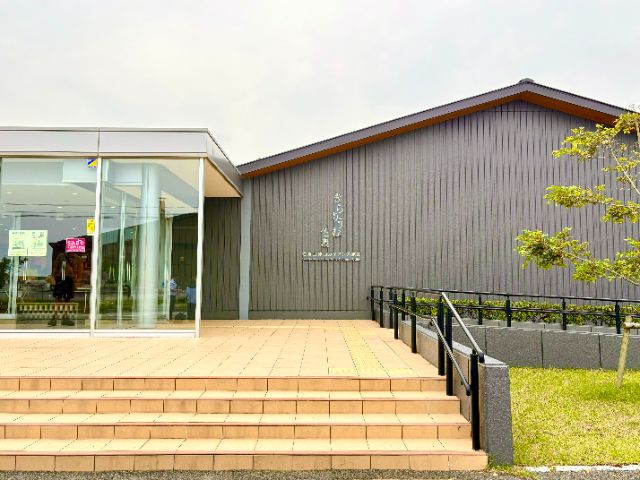
![[Day 2] Sado Island, Niigata - A Treasure Trove of Naturals, a Place of New UNESCO Heritage](https://rimage.savorjapan.com/svj/image/discover_oishii_japan/4584/article_254894_w640z.jpg)
![[Day 2] Sado Island, Niigata - A Treasure Trove of Naturals, a Place of New UNESCO Heritage](https://rimage.savorjapan.com/svj/image/discover_oishii_japan/4584/article_254895_w640z.jpg)
![[Day 2] Sado Island, Niigata - A Treasure Trove of Naturals, a Place of New UNESCO Heritage](https://rimage.savorjapan.com/svj/image/discover_oishii_japan/4584/article_254896_w640z.jpg)
![[Day 2] Sado Island, Niigata - A Treasure Trove of Naturals, a Place of New UNESCO Heritage](https://rimage.savorjapan.com/svj/image/discover_oishii_japan/4584/article_254897_w640z.jpg)
![[Day 2] Sado Island, Niigata - A Treasure Trove of Naturals, a Place of New UNESCO Heritage](https://rimage.savorjapan.com/svj/image/discover_oishii_japan/4584/article_254898_w640z.jpg)
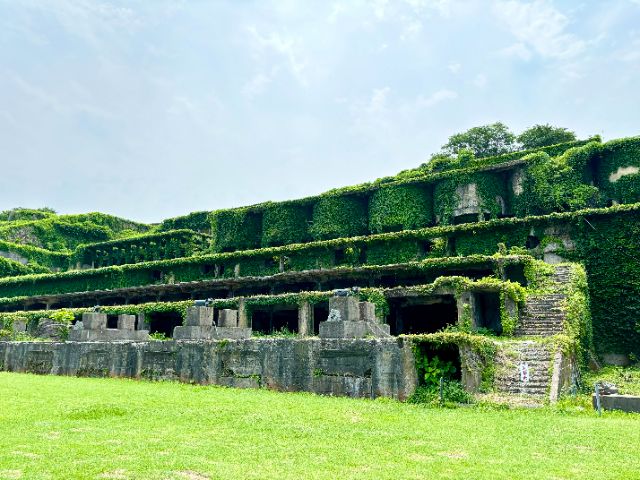
![[Day 2] Sado Island, Niigata - A Treasure Trove of Naturals, a Place of New UNESCO Heritage](https://rimage.savorjapan.com/svj/image/discover_oishii_japan/4584/article_254900_w640z.jpg)
![[Day 2] Sado Island, Niigata - A Treasure Trove of Naturals, a Place of New UNESCO Heritage](https://rimage.savorjapan.com/svj/image/discover_oishii_japan/4584/article_254901_w640z.jpg)
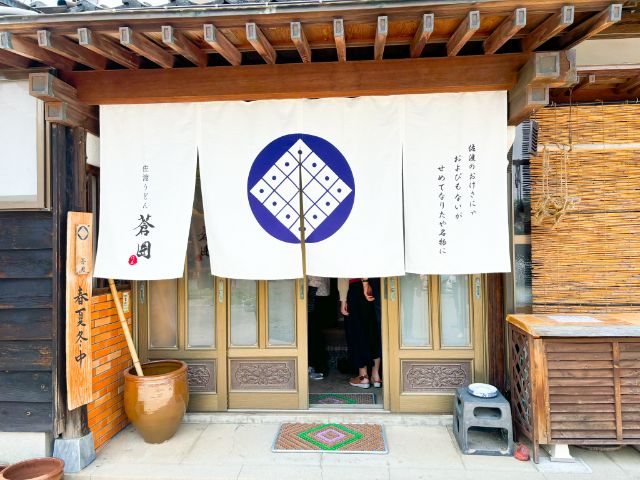
![[Day 2] Sado Island, Niigata - A Treasure Trove of Naturals, a Place of New UNESCO Heritage](https://rimage.savorjapan.com/svj/image/discover_oishii_japan/4584/article_254903_w640z.jpg)

![[Day 2] Sado Island, Niigata - A Treasure Trove of Naturals, a Place of New UNESCO Heritage](https://rimage.savorjapan.com/svj/image/discover_oishii_japan/4584/article_254905_w640z.jpg)
![[Day 2] Sado Island, Niigata - A Treasure Trove of Naturals, a Place of New UNESCO Heritage](https://rimage.savorjapan.com/svj/image/discover_oishii_japan/4584/article_254906_w640z.jpg)
![[Day 2] Sado Island, Niigata - A Treasure Trove of Naturals, a Place of New UNESCO Heritage](https://rimage.savorjapan.com/svj/image/discover_oishii_japan/4584/article_254907_w640z.jpg)
![[Day 2] Sado Island, Niigata - A Treasure Trove of Naturals, a Place of New UNESCO Heritage](https://rimage.savorjapan.com/svj/image/discover_oishii_japan/4584/article_254908_w640z.jpg)
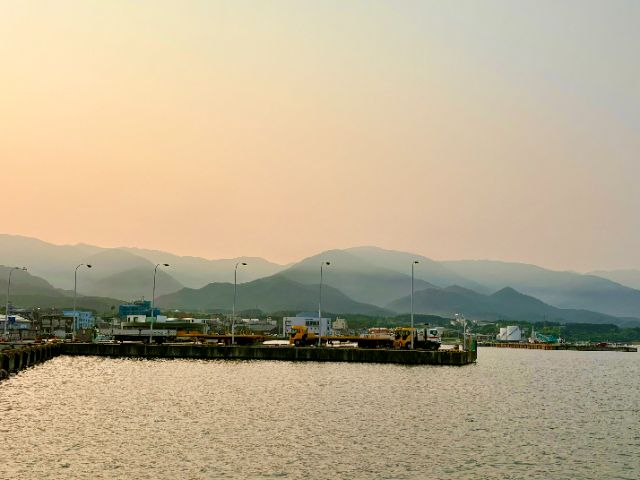

![[Day 1] Sado Island, Niigata - A Treasure Trove of Naturals, a Place of New UNESCO Heritage](/gg/content_image/%2Fimage%2Fdiscover_oishii_japan%2F4583%2Farticle_head_150x105z.jpg)
![[Nagoya] Departing From Chubu Centrair International Airport! A One-Day Recommended Itinerary to Explore the Best of Nagoya Cuisine](/gg/content_image/%2Fimage%2Fdiscover_oishii_japan%2F1211%2Farticle_head_150x105z.jpg)





![Azabudai Hills [SUMI] (Janu Tokyo) ~ Editor's Afterword by the Editor-in-Chief of Japan's Gourmet Site](https://rimage.savorjapan.com/svj/image/discover_oishii_japan/6536/article_head_150x105z.jpg)









